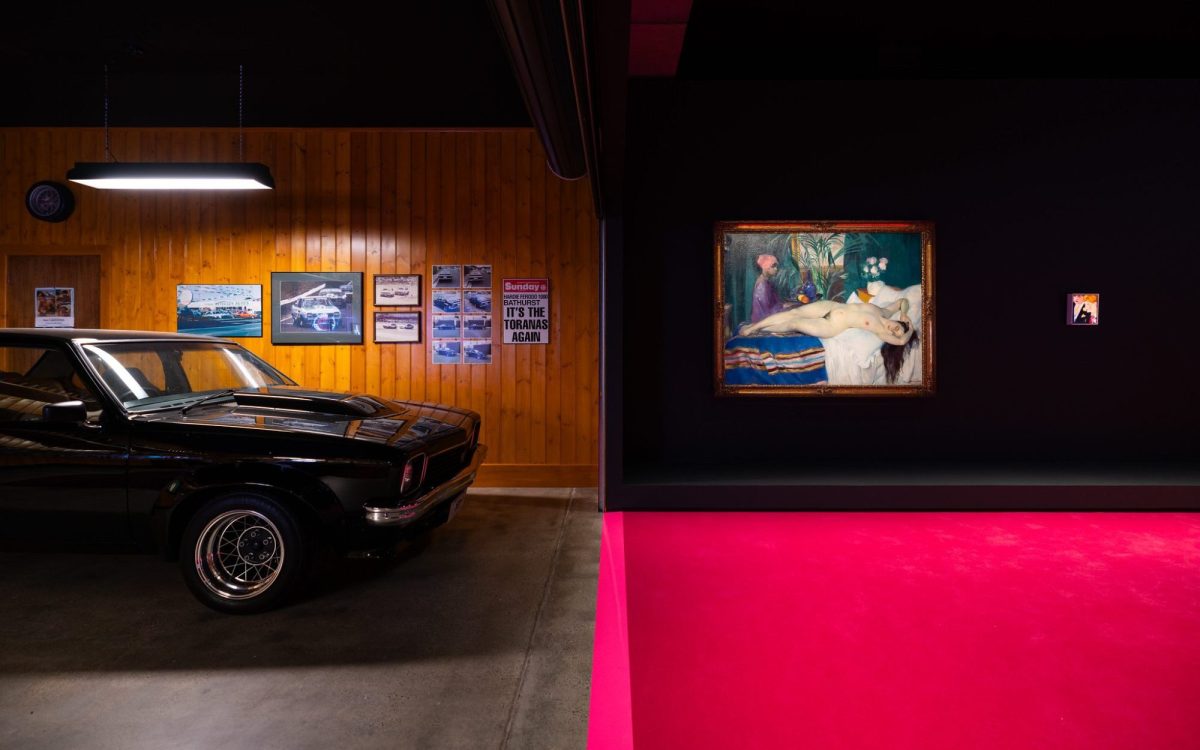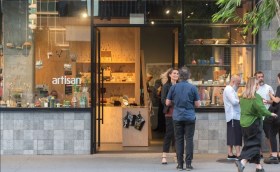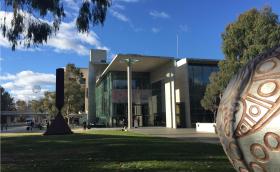At the media preview (16 June) of Namedropping – the biggest exhibition project Mona (Museum of Old and New Art) has had since 2016 – five curators lined up to give an overview of the show, sans Mona’s actual owner. David Walsh himself, whose involvement was constantly cited, was nowhere to be seen. Already the amount of human resources and sheer value of items in Namedropping was evident, something not many public museums can afford, other than at a private empire like Walsh’s.
Apparently he had better things to occupy himself with than presenting to journalists, a move so very much in character that it was hardly remarkable. We seemed to be grateful enough that the professional gambler decides to put his money into the arts at all, regardless of his motives around gaining social status, respect and admiration – a goal Walsh states explicitly and unabashedly in the Namedropping exhibition catalogue.






